Ip Man, originally released as Yip Man in China, as a film about the life of Yip Man. Yip Man is a martial arts master who was Grandmaster and developer of Wing Chun. The film is loosely based around Yip Man’s life slightly before the Japanese invasion of China during WWII. The film was directed by Wilson Yip and scripted by Edmond Wong. The film was released in 2008 and initially aired in Hong Kong.
I choose this film because I think it is one of the greatest action movies. Ip Man was a very successful film because not only was it recepted greatly by critics, but it also inspired two sequels and a prequel — Ip Man 2, Ip Man: The Final Fight, and The Legend is Born: Ip Man. The film is inspiring to watch both for the amazing action scenes, but also because of Yip Man. He is humble and reserved. His actions showcase he is a master whom all other masters look up to as a source of leadership. The actor who played Yip Man, Donnie Yen, took the role of Yip Man very seriously. He tried to embody the teachings of Wing Chun. Months before the filming started he began eating one meal a day and training in the ways of Wing Chun. I think that his acting help to make the films so successful.
The film is in Chinese so I cannot comment on the dialogue in its native tongue but in English subtitles it is amazing what Yip man has to say. Not only a master of martial arts, Yip Man is a thoughtful and well spoken member of society. The writing portrays this through meaningful words sometimes or actions that say more than many words. Yip Man is best when handling conflict. His responses help to bring the character to life.
In the film there are a lot of sweeping shots that look between two points of interest. During non-fighting scenes the camera is looking straight on to the talking cast. At times there are also following scenes where the camera will follow the character as they slowly traverse a sad area. In the beginning there is a lot of color and the scenes are beautiful. Once Japan invades the color scheme shifts to a grey palette. The Japanese flag is one of the few things in many scenes that is shown in color. The red stands out against a white background.
Sounds play an important role in the film during fight and other scenes. A somber or cheerful tune sets the mood of audience or a fast drum beat builds to a climax. During fight scenes the punches and kicks are very loud. Even during incredibly fast punches the audience is sure how many hits landed. There is also rather graphic pops when bones are dislocated or broken. When the fighter lands they always land with a resonating thud.
Before the fight the camera normally pauses at both fighters and captures their pre-fight dialogue and stance. Then the camera is drawn into the action for close ups of the fast movements; during the mega moves the camera comes back and the kick or punch is shown in slow motion. The fights are lively and intense. They take stock of the condition of each fighter, how injured they are by how bloody they look and pains in their body language.
Overall this is a fantastic film that follows Yip Man through a difficult time. It captures the grim moments with somber music but makes sure to uplift the audience and gets them ready for a fight. The actual fight scenes all showcase the skill of Yip Man versus his opponents very well. Fighting students has a much different tone the final battle at the end of the film.
Source:
“Ip Man (film).” Wikipedia. Wikimedia Foundation, n.d. Web. 23 Apr. 2015. <http://en.wikipedia.org/wiki/Ip_Man_%28film%29>.
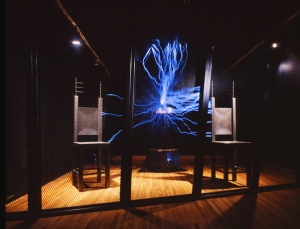
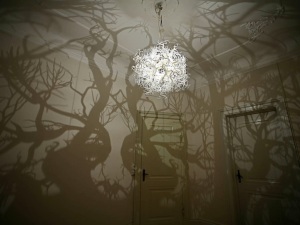
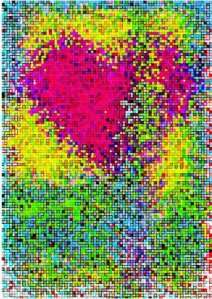
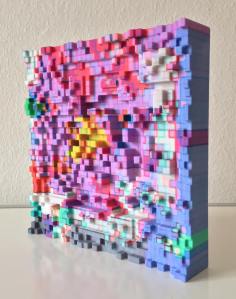 This is pixel art created by Mark Bern, it takes colors depth of field and and turns it into a spectacular image. The parts were 3D printed and brought together to paint colors in low resolution. The work reminds me of Impressionism and using quick strokes and blending of colors on the canvas. This is an amazing demonstration of the level of painting that can be achieved with technology and science.
This is pixel art created by Mark Bern, it takes colors depth of field and and turns it into a spectacular image. The parts were 3D printed and brought together to paint colors in low resolution. The work reminds me of Impressionism and using quick strokes and blending of colors on the canvas. This is an amazing demonstration of the level of painting that can be achieved with technology and science.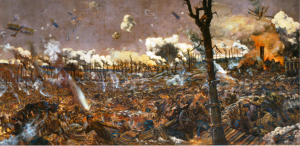
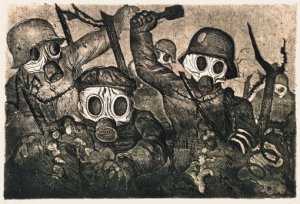
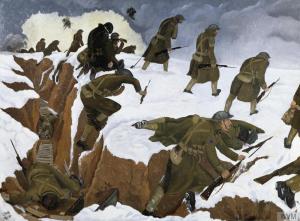
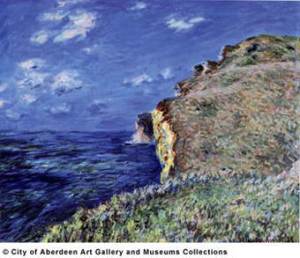
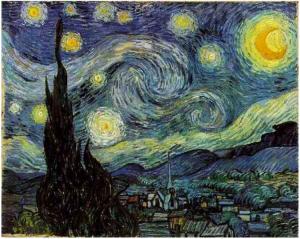 Gogh’s painting is a great example of where color blending and soft brush strokes combine to form a picture of the event. In a Starry Night Gogh captures the shades of the night how they would appear in a dramatic movie, the glow of the stars overpowering the city below. The dark tower rests outside of town trying to reach the stars but not quite making it there. The moment is there and it’s happening now. The painting brings the town and the sky to life while harnessing the bright glows to signify the joy in the night sky.
Gogh’s painting is a great example of where color blending and soft brush strokes combine to form a picture of the event. In a Starry Night Gogh captures the shades of the night how they would appear in a dramatic movie, the glow of the stars overpowering the city below. The dark tower rests outside of town trying to reach the stars but not quite making it there. The moment is there and it’s happening now. The painting brings the town and the sky to life while harnessing the bright glows to signify the joy in the night sky.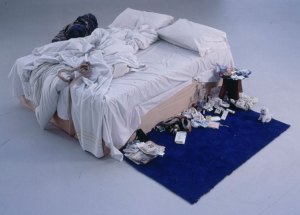
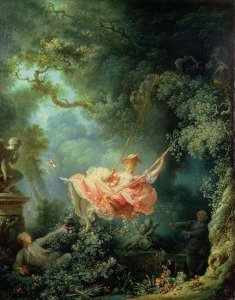 pushing his wife on a swing toward her other lover. Created by Jean-Honore Fragonard in 1797 this piece has come to symbolize the Rococo era. The patron who commissioned the work is seen in full view of the women’s legs. Her shoe is coming off in the heat of the moment. As the strict moral high grounds of the church began to loosen, artists had more freedom in risque subject matter.
pushing his wife on a swing toward her other lover. Created by Jean-Honore Fragonard in 1797 this piece has come to symbolize the Rococo era. The patron who commissioned the work is seen in full view of the women’s legs. Her shoe is coming off in the heat of the moment. As the strict moral high grounds of the church began to loosen, artists had more freedom in risque subject matter.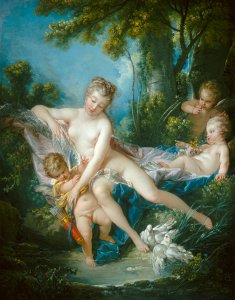 Venus. Francois Boucher portrays Venus with full nudity except for a small, almost translucent, piece of cloth covering her privates. She is bathing her son, Cupid, as two doves get close in the pool. The art centralizes on female beauty and the female form. The pascal colors are typical of paintings from the era. While Venus has been seen in many paintings for her beauty, the erotic nature of the painting was much more limited in the past or at least the erotic nature was less obvious.
Venus. Francois Boucher portrays Venus with full nudity except for a small, almost translucent, piece of cloth covering her privates. She is bathing her son, Cupid, as two doves get close in the pool. The art centralizes on female beauty and the female form. The pascal colors are typical of paintings from the era. While Venus has been seen in many paintings for her beauty, the erotic nature of the painting was much more limited in the past or at least the erotic nature was less obvious.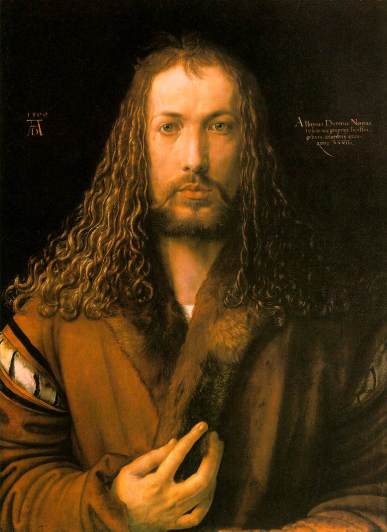 Starting at the age of 13 and continuing until he was 29, Albrecht Dürer painted a series of four self portraits.
Starting at the age of 13 and continuing until he was 29, Albrecht Dürer painted a series of four self portraits.